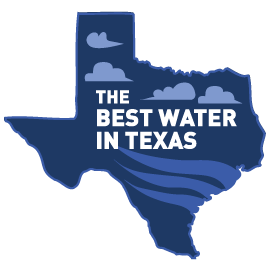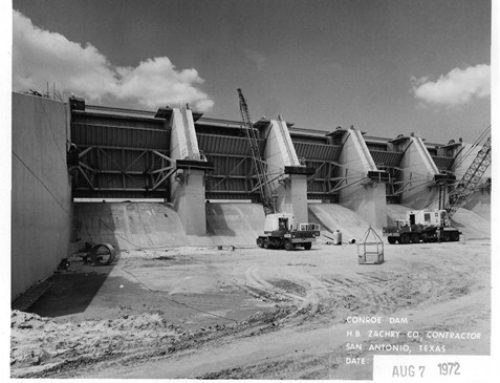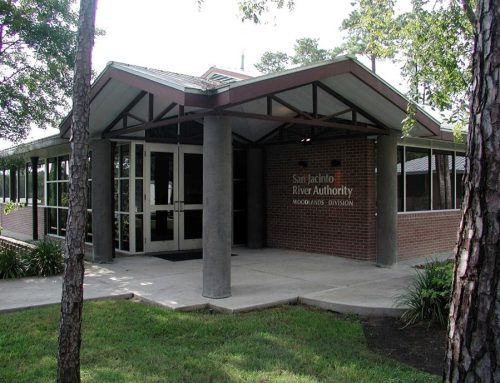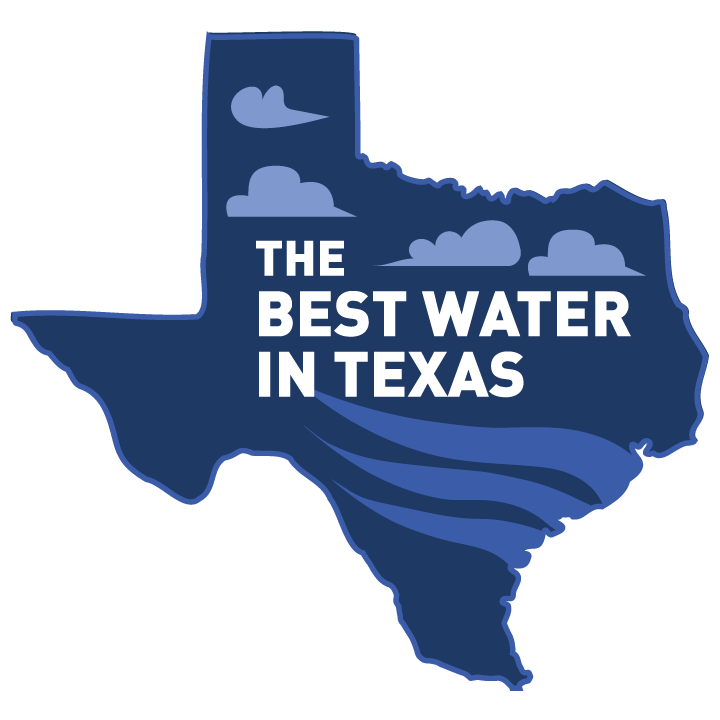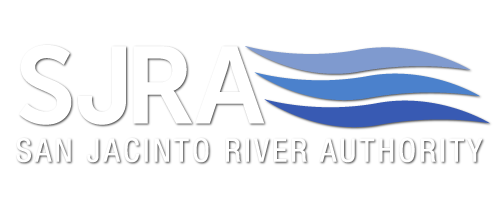Have you ever wondered what goes into creating maps or dynamic address viewers such as the popular mapping applications that we all use on a daily basis? Did you know that there are specialists responsible for inputting, analyzing, and managing the data used to create this technology we depend on? Geographic Information Systems, or better known as GIS, consist of integrated computer hardware and software that stores, manages, analyzes, and makes data visual. Ed is a GIS Specialist for the San Jacinto River Authority (SJRA). He plays a vital role in managing and analyzing our geographic data. One of his main responsibilities is overseeing data management, ensuring our datasets are accurate and up to date.
He also creates user-friendly applications that help his colleagues visualize and interact with data, making it easier for them to make informed decisions. Managing user accounts is another key part of his role, where he ensures everyone has the right access and provides training on how to use the tools effectively.
Updating metadata helps keep our data organized, and he conducts spatial analyses to support operational needs, such as assessing the impact of population growth on water demand. Collaboration is essential in his job, as he works closely with engineers and field crews to provide the geospatial data they need. Overall, his role combines technical skills with a passion for serving the community, making every day fulfilling.
A typical day in his job starts by reviewing any updates or requests from team members, which often involve analyzing data related to our water infrastructure or upcoming projects. Once he’s prioritized tasks, he spends a good portion of the morning creating or updating maps and spatial databases. This could involve anything from mapping distribution and collection systems to visualizing service areas or identifying maintenance needs. He also collaborates closely with engineers and field crews, providing them with the geospatial data they need for their work, whether it’s for planning new installations or responding to issues in the field. In the afternoon, he focuses on creating user-friendly applications that help the team visualize and interact with data effectively. He dedicates time to updating metadata to keep the datasets organized and compliant. Additionally, he edits master datasets on ArcGIS Online, ensuring that the information is accurate and up to date. This combination of tasks allows GIS to support informed decision-making and streamline workflows. By the end of the day, he wraps up by documenting his work and planning for the next day’s tasks. It’s a fulfilling role that allows him to contribute to the company’s well-being through effective management.
The work of the GIS Department is essential to SJRA’s mission in managing water and wastewater services for the community. By creating detailed maps and visualizations, Ed helps make informed decisions and plan effectively. GIS’ asset management ensures that the water and wastewater systems are well-maintained, reducing the chances of disruptions when the community relies on SJRA the most. In emergencies, GIS helps provide real-time data that allows quick responses to issues like water quality concerns or infrastructure failures, keeping public safety at the forefront. The team also plays a crucial role in helping SJRA stay compliant with environmental regulations, tracking water usage and quality so standards can be met to protect the community.
Moreover, by analyzing community growth and land use, GIS helps the SJRA to think ahead and plan for sustainable water management. Overall, GIS is a vital partner in the efforts to provide reliable and essential services to the community.
Ed’s favorite part about working at SJRA is the opportunity to create tools and applications that are actively used and appreciated by his peers. It’s incredibly rewarding for him to know that the GIS solutions he develops not only streamline coworkers’ workflows but also make their jobs easier. Seeing his colleagues engage with the applications he’s created brings him a sense of accomplishment and joy. He loves knowing that his work directly contributes to their success and helps SJRA serve the community better. There’s a real sense of teamwork in being part of a collaborative environment where everyone can rely on each other to achieve SJRA’s goals.

